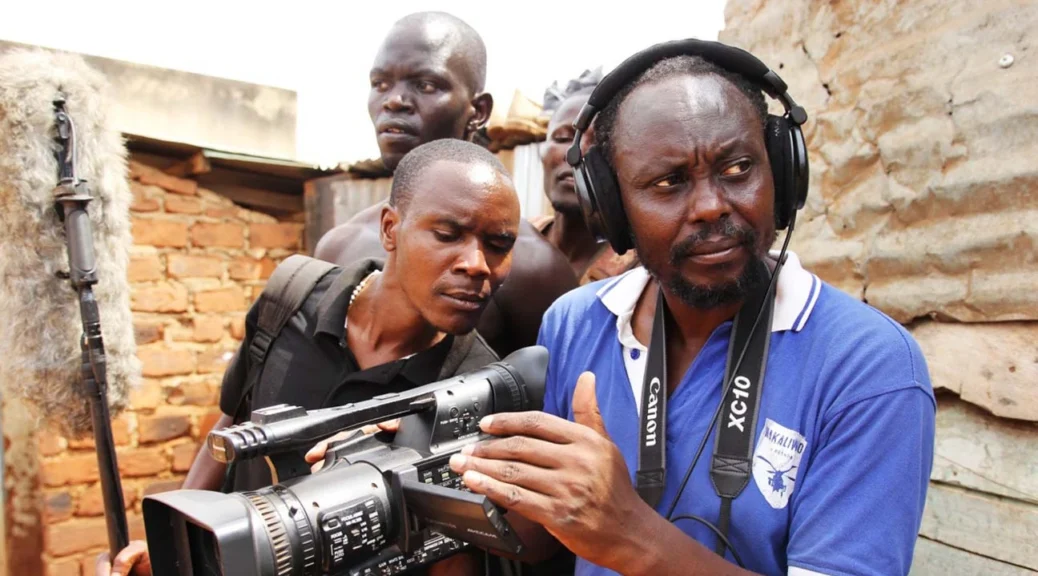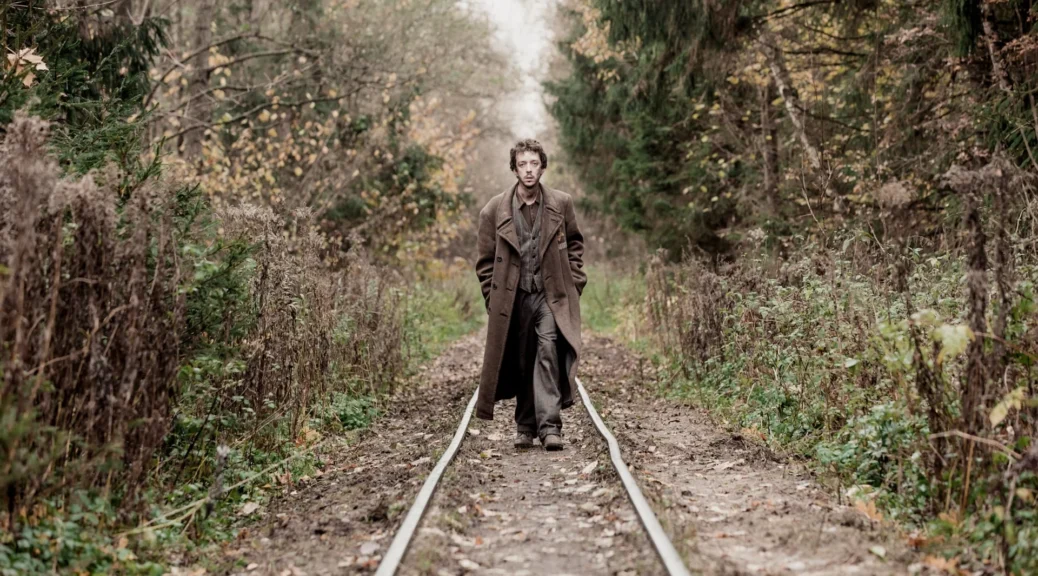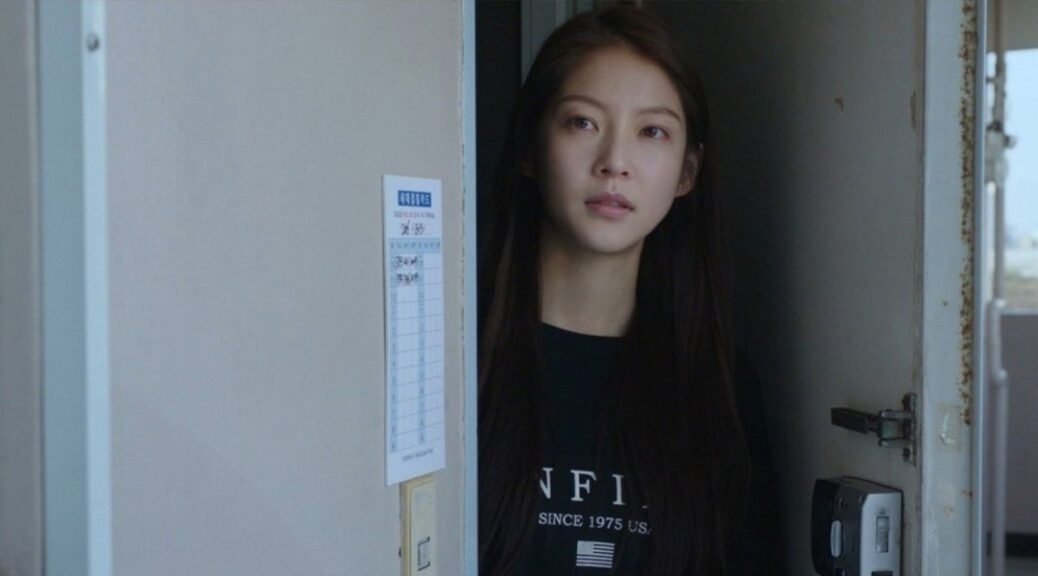Lola
by Rachel Willis
Two sisters invent and control a time machine in director Andrew Legge’s historical sci-fi drama, Lola.
In 1941, Thom (Emma Appleon) and Martha (Stefanie Martini) can access broadcasts from the future with their device, Lola. They discover David Bowie, Bob Dylan, and other great musicians from the future. However, they also realize they can send precise warnings to fellow Britains about impending German air raids. What they do saves lives.
Though their efforts begin with mere warnings, the sisters start to reshape the future with the help of a British soldier who verifies the authenticity of each German broadcast. When Thom decides to take matters into her own hands, offering more than warnings, she loses Britain the U.S.’s support in the war effort. And that’s just the first mistake.
As with any movie about time travel, changes in the present affect not just the immediate future, but the far distant future, as well.
A 78-minute story leaves little time to make the point that some things are best left alone, but still Lola does a lot of meandering. The tension from decisions made is never allowed to build.
There is also the strange idea behind the film’s surface message that it’s best not to act, as any action you take can have unknown repercussions on the future. I’m not sure this is what the filmmaker intended to convey, but this is what comes across.
A large portion of the film comprises stock footage and montages depicting how the sisters change the war effort. It becomes tedious, making the film’s run time feel much longer than it is.
There is also the dubious notion of a found footage film that takes place in 1941. Martha’s camera is explained (it also conveniently captures sound), but several other cameras appear in places where it doesn’t make sense. You’re left wondering who exactly is behind the camera.
While Lola has a one or two stand out moments (invented superstar Reginald Watson, for example), the overall output is a mess. The theme of leaving the present unaltered based on what one knows of the future has been explored before. Lola offers nothing new save a questionable perspective on taking any action at all.















